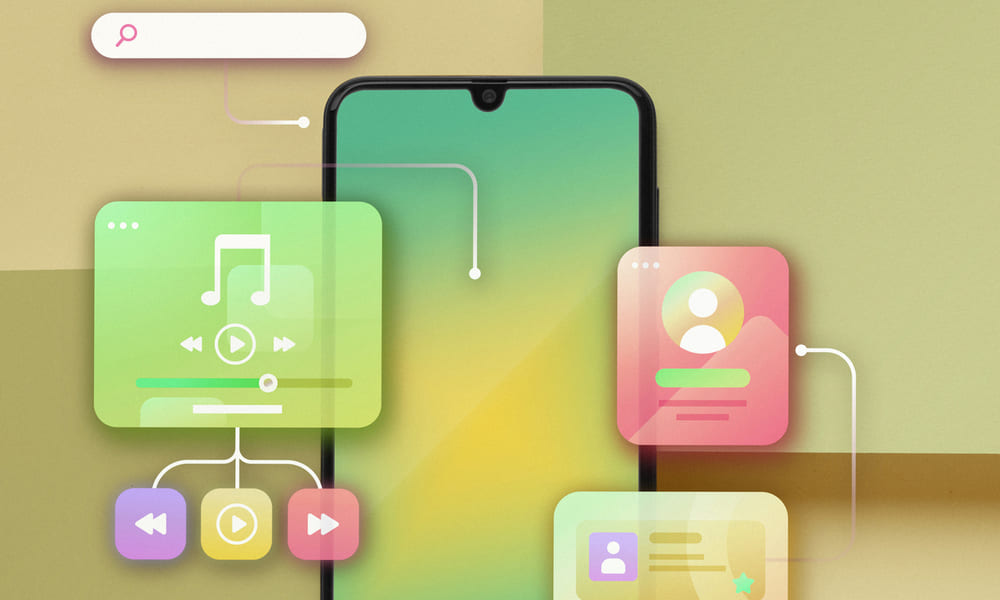
In the world of Swift programming, asynchronous operations are essential for building responsive and efficient apps. At the heart of this asynchronous magic are the async and await keywords. In this comprehensive guide, we’ll explore async and await using straightforward language and provide code examples with comments to explain each step.
What’s async and Why Do We Need It?
Imagine async as a superhero for your functions. When a function is marked as async, it can work in the background without making your app freeze. But why is this important?
Enhanced Responsiveness: Without async, your app might freeze while performing tasks, leading to an unresponsive user experience.
Optimized Resource Usage: async ensures your app uses resources wisely, allowing multiple tasks to run simultaneously.
Happy Users: A responsive app results in happier users who can interact seamlessly.
Example 1: A Simple async Function
Let’s begin with a straightforward example. This function fetches data from the internet without causing your app to become unresponsive.
// Step 1: Define an `async` function for data fetching.
async func fetchData() {
// Step 2: Create a URL to fetch data from.
let url = URL(string: "https://api.example.com/data")!
do {
// Step 3: Use `await` to fetch data asynchronously.
let data = try await URLSession.shared.data(from: url)
// Step 4: Decode the data into a custom structure or object.
let result = try JSONDecoder().decode(MyData.self, from: data)
// Step 5: Print the result to the console.
print(result)
} catch {
// Step 6: Handle any errors gracefully.
print("Error: \(error)")
}
}
Understanding await and Its Significance
Think of await as a traffic cop, ensuring tasks proceed in an orderly and coordinated manner. Here’s what it does:
Coordinated Execution: await ensures that tasks complete in an organized fashion.
Example 2: Using await to Wait for a Task
This example illustrates how await ensures that each task finishes before the next one starts, making your code structured and organized.
// Step 1: Define an `async` function to perform tasks consecutively.
async func doTasksConsecutively() {
// Step 2: Use `await` to wait for the first task to complete.
await doTask1()
// Step 3: Continue only when the first task is done.
await doTask2()
// Step 4: Move on to the next task, and so on.
await doTask3()
}
Example 3: Parallel Execution with await
await can also be used for running multiple tasks in parallel, making your code more efficient. Each task executes concurrently.
// Step 1: Define an `async` function to perform tasks in parallel.
async func doTasksInParallel() {
await Task.withGroup {
// Step 2: Use `await` to run tasks concurrently.
await doTask1()
await doTask2()
await doTask3()
}
}
In Summary
- async empowers your functions to work in the background.
- await ensures tasks are executed in an orderly fashion.
By understanding and mastering async and await, you can create responsive and efficient apps that keep your users happy.
So, go ahead, embrace the power of async and await, and let your app development journey become even more magical!
Add a Comment